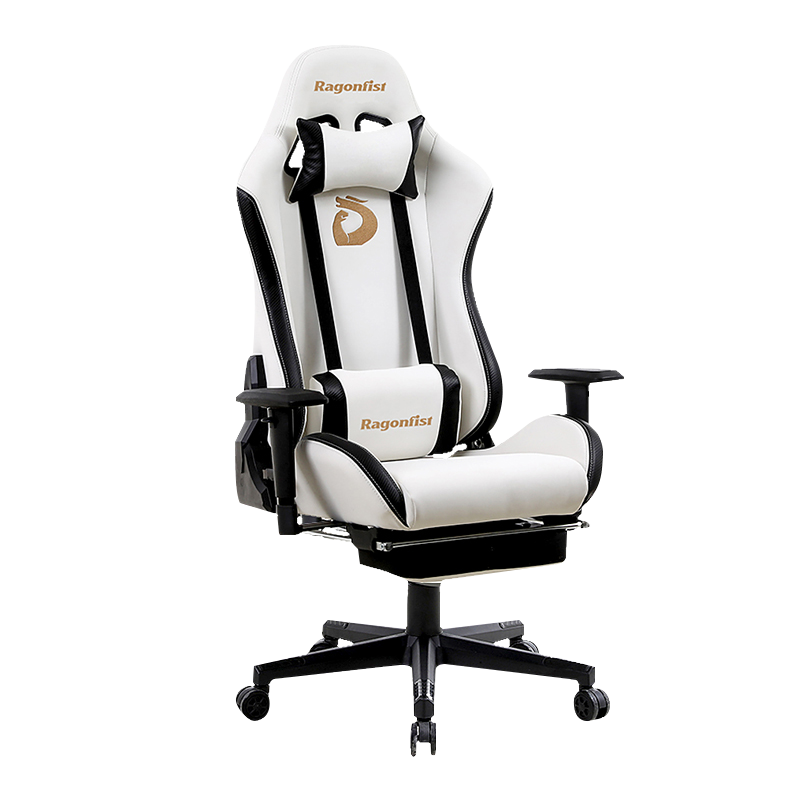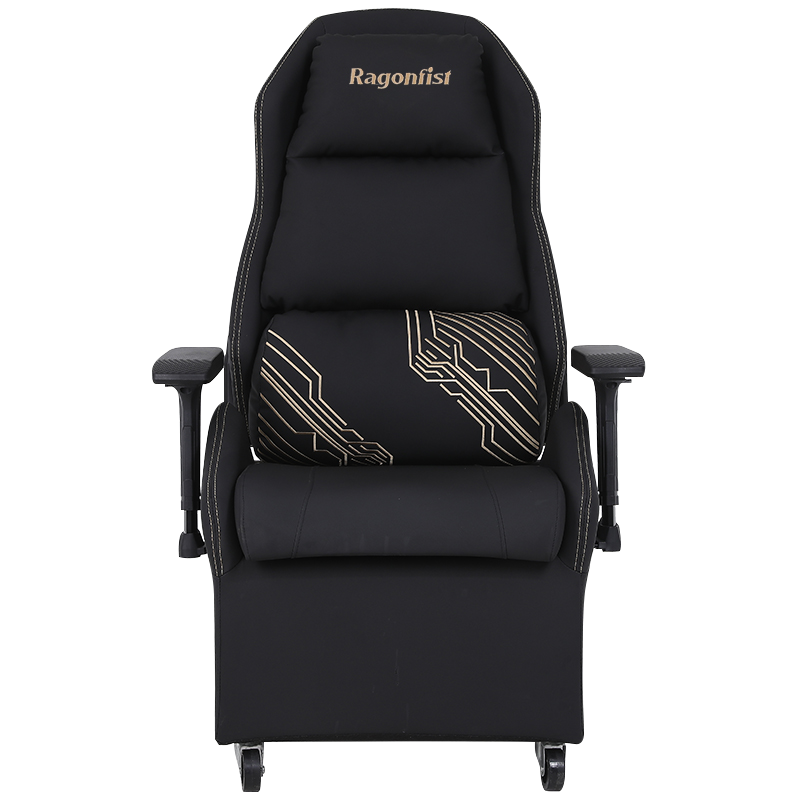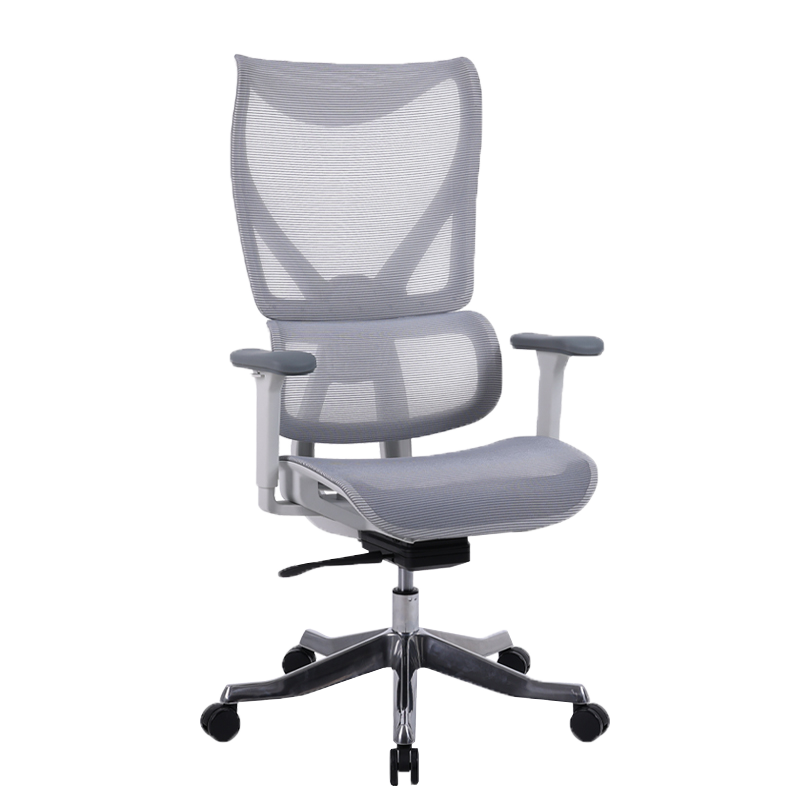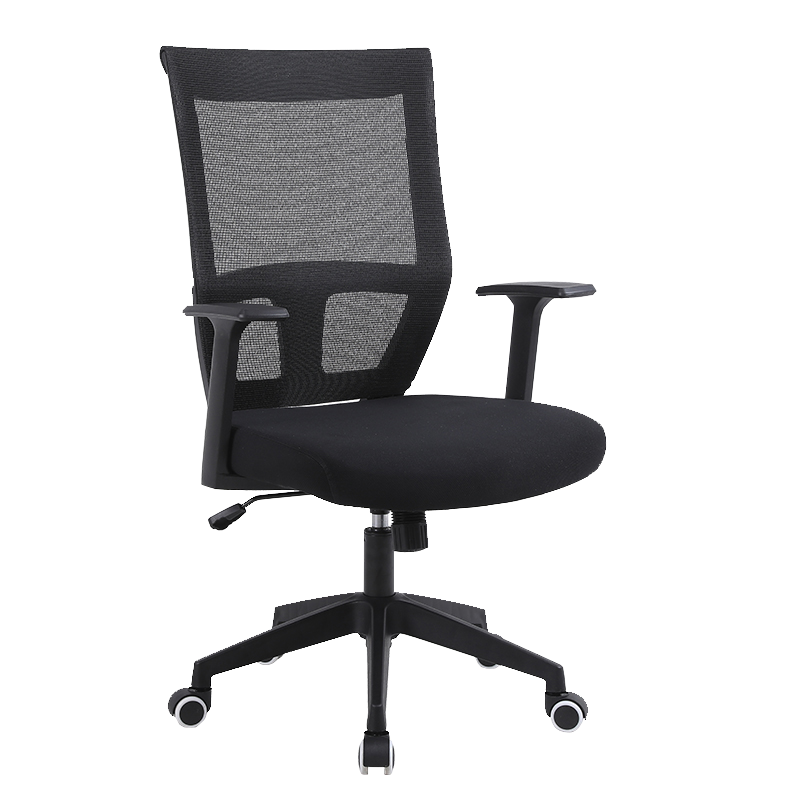Tel: +86-15336988044
In modern society, many individuals face environments that require prolonged periods of sitting. Office workers, for instance, often spend several hours a day seated at their desks. This sedentary lifestyle can potentially have adverse effects on physical health. Therefore, choosing an ergonomically designed office chair becomes crucial—it's not just a piece of furniture but an investment in health and well-being.
1.Effects of Posture on the Body
Prolonged sitting can contribute to various health issues, including:
Neck and Back Problems: Incorrect posture increases pressure on the neck and back, potentially leading to conditions such as cervical spondylosis and lumbar disc herniation.
Muscle Fatigue and Stiffness: Maintaining a static posture for extended periods can cause muscle fatigue and stiffness, particularly without adequate support.
Circulatory Issues: Reduced leg blood circulation from prolonged sitting may contribute to conditions like varicose veins and other circulatory problems.
Other Health Issues from Poor Posture: Headaches, eye strain, and other discomforts may affect work efficiency and overall quality of life.
Therefore, an office chair that provides adequate support can help alleviate these issues by promoting better posture and comfort through optimized seating and body support.
2.How Office Chairs Provide Support
Modern office chairs typically incorporate several supportive mechanisms to ensure users maintain proper posture and comfort during prolonged use:
Seat Support: Office chairs often feature adjustable seat height and depth to ensure users' thighs can rest comfortably and reduce pressure on the lower back and hips.
Backrest Design: Adjustable backrest angles in office chairs support the user's back and lumbar region. Some chairs also include adjustable lumbar support to maintain the natural curvature of the spine.
Armrest Support: Adjustable armrest height and angles help alleviate shoulder and neck strain, providing support to keep arms and shoulders relaxed.
Materials and Padding: High-quality office chairs use comfortable padding materials such as high-density foam or gel, ensuring comfort during prolonged sitting while offering breathability and durability.
Stability and Durability: Office chairs are designed with sturdy metal frames and durable wheels to ensure stability and easy mobility, preventing wobbling or inconvenience during use.
3.Choosing the Right Office
Chair
Selecting an appropriate office chair involves considering several factors:
Personal Body Features: These include height, weight, and body proportions, as different chairs are suitable for different body types.
Usage Habits and Needs: If long periods of sitting are required, chairs with multiple adjustment features are more suitable.
Budget and Quality: Office chair prices vary widely, ranging from affordable to premium options based on quality and functionality.
Brand and Reputation: Opting for well-known brands or those with a good reputation ensures better after-sales service and reliability.
Trial Experience: Before purchasing, it's advisable to try out several chair models to determine which one best suits personal needs and preferences.




 عربى
عربى Português
Português








